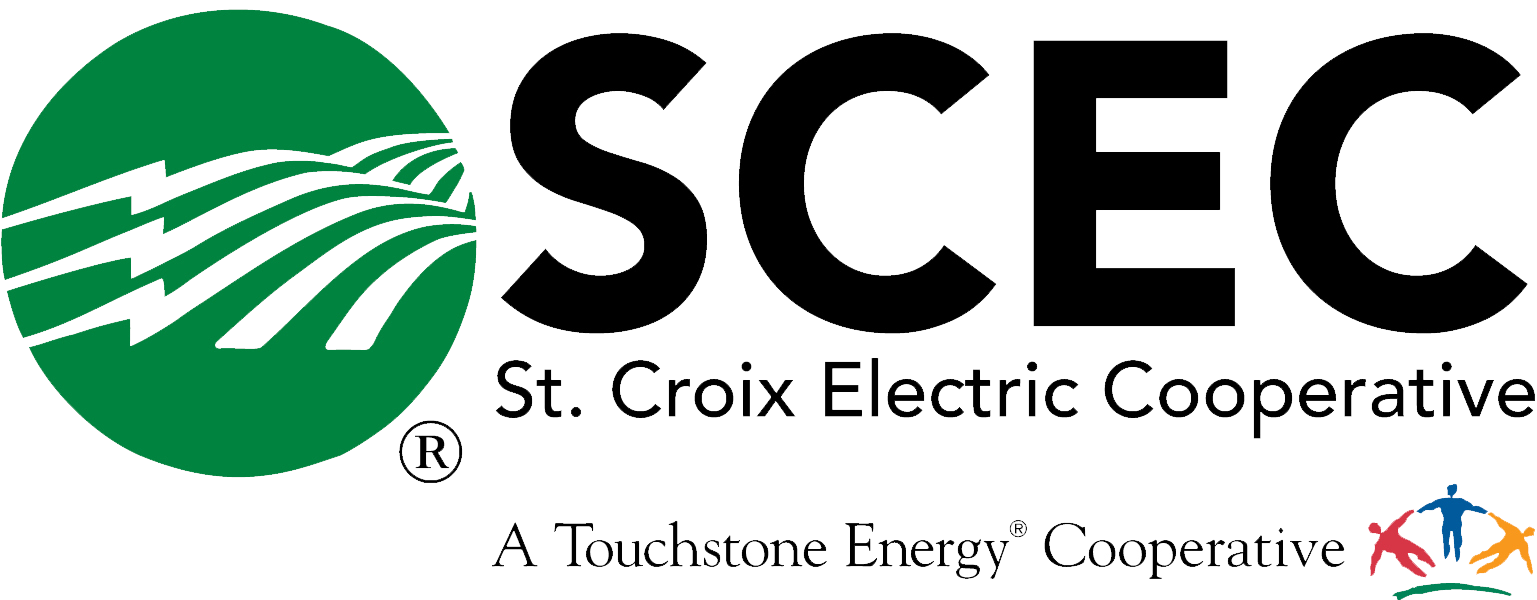
SCEC President/CEO
Have you ever walked out of your house on a sunny day and thought, “I wish I could harness the sun’s energy to power my home?” Okay. Maybe you haven’t. But I’m sure you’ve noticed solar panels on top of homes and in yards in our community, and maybe you have even seen Sunflower I in front of SCEC’s office in Hammond or Sunflower II in the town of Warren.
UTILITY SCALE SOLAR
Sunflower II, a 2.34 MW solar array energized May 24, 2017, is an example of Utility-Scale Solar: A larger facility which generates solar power and feeds it into the grid. Virtually every utility-scale solar facility is developed and owned by a company who in turn has a Power Purchase Agreement (PPA) with a utility. In the case of Sunflower II, Dairyland Power Cooperative (DPC) (the generation and transmission cooperative who provides wholesale power to SCEC and 23 other distribution cooperatives across the region) purchases 93% of the power Sunflower II generates, and SCEC directly purchases 7%.
MEMBER-OWNED DISTRIBUTED GENERATION
Solar panels on top of homes and in yards are examples of Member-Owned Distributed Generation (DG) Solar Installations: Decentralized generation technologies designed to supplement or replace power produced by large generating plants. On SCEC’s lines these interconnected solar photovoltaic arrays generate power primarily for the member’s premises and only put power back on the grid in certain circumstances. Members remain connected to the grid and receive power from it when/if their DG solar installation isn’t generating enough energy to power their premises.
Sunflower I, a 103-kilowatt (kW) solar array dedicated on July 19, 2014, is an example of Community Solar: The co-op builds, operates and maintains the system, and the members owning shares receive credit for the electricity produced.
All 206 Sunflower I solar panels are fully subscribed, and we still receive calls from people interested in participating, so we’re looking to build a second community solar array!
All SCEC members receive electricity generated from utility-scale solar facilities though DPC’s Power Purchase Agreements. But not all members have the land, finances or maintenance knowledge for member-owned solar. Participating in a Community Solar program can not only be the most economical way to participate, but, in some cases, the only option.
Due to economies of scale in building them, Community Solar programs cost less than installing a solar system at your home or business. If you’re a homeowner, participating in Community Solar keeps you from having to worry about zoning restrictions, appealing to your homeowners’ association, or maintenance costs. With community solar, SCEC takes care of installation, maintenance and insurance fees, making it easy for members to participate.
The community solar model is easy to understand and participate in: The co-op builds a solar array – a group of solar panels, such as Sunflower I next to our headquarters in Hammond – then, members purchase a share of the energy produced, often in the form of one or more solar panels. The energy is distributed to the power grid and participating members receive credits for their share of production on their electric bills.
SCEC is looking into expanding our Community Solar program and would like your feedback to gauge your interest in participating.
Please click here and fill out the online form to let us know you are interested in SCEC Community Solar!
Until next month,
![]()
